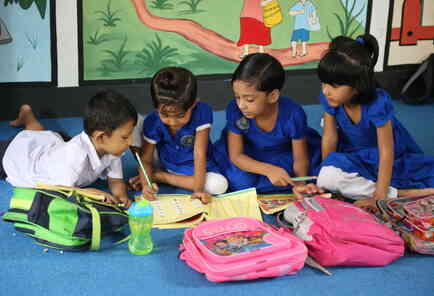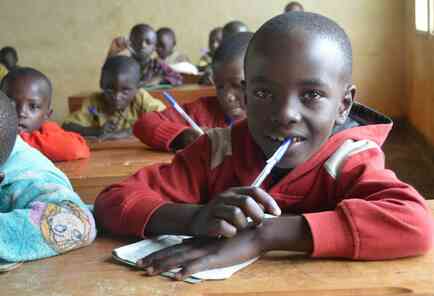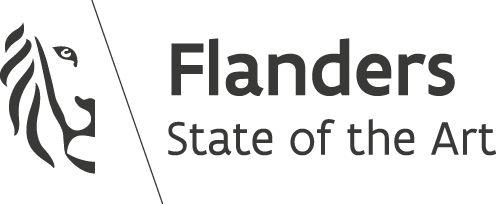In this blog post, Ricardo Sabates, Professor of Education and International Development in the Faculty of Education at the University of Cambridge and member of the Research for Equitable Access and Learning (REAL) Centre discusses the importance of mother tongue education, using data from a research project in Ghana.
The impact of school closures on children’s learning in unfamiliar languages
Sabates states that the COVID-19 pandemic was especially problematic in the multilingual environments in the global south where resources are constrained and many children lack basic foundational skills. This means that many children in these environments do not have access to learning resources or activities in their mother tongue, or in a language they understand. This left Sabates thinking: Will the learning loss of children who receive their education in a language other than their mother tongue be greater during and after the pandemic?
Sabates: “In this blog post, I argue that providing teaching and learning materials and activities in a language that the pupils do not know does not benefit these children and may even be detrimental to their learning achievements. Restarting education in a language that children do not understand or only partially understand is likely to not only reproduce, but even worsen the existing inequalities in the acquisition of reading skills that children from language minorities face.”
The blog post discusses the importance of mother tongue education, drawing on evidence gathered as part of a research project in Ghana. This project was conducted between 2016 and 2018 in collaboration with the REAL Centre at the University of Cambridge and partners (including RTI International, the Centre for International Education at the University of Sussex, IMC Worldwide, and PAB Development Consultants Ltd in Ghana). Sabates focusses on four areas:
- learning in the mother tongue,
- learning loss for those who do not understand the language,
- learning consequences of changing the language of instruction,
- and language diversity and fundamental learning.
If you want to read the whole blog post click here.





